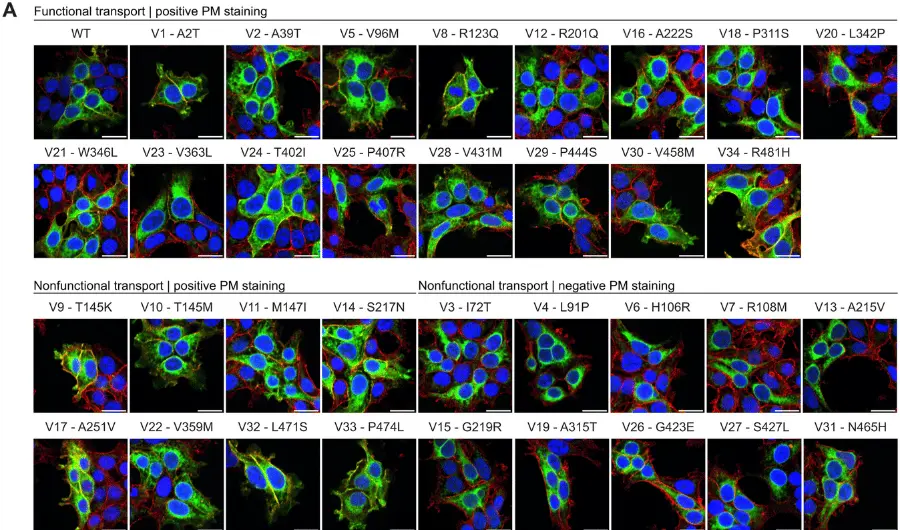Artificial Intelligence for Medical Image Analysis in Epilepsy
April 11, 2022
Abstract found in PubMed
Given improvements in computing power, artificial intelligence (AI) with deep learning has emerged as the state-of-the art method for the analysis of medical imaging data and will increasingly be used in the clinical setting. Recent work in epilepsy research has aimed to use AI methods to improve diagnosis, prognosis, and treatment, with the ultimate goal of developing highly accurate and reliable tools to aid clinical decision making. Here, we review how researchers are currently using AI methods in the analysis of neuroimaging data in epilepsy, focusing on challenges unique to each imaging modality with an emphasis on clinical significance. We further provide critical analyses of existing techniques and recommend areas for future work. We call for: (1) a multimodal approach that leverages the strengths of different modalities while compensating for their individual weaknesses, and (2) widespread implementation of generalizability testing of proposed models, a needed step before their introduction into clinical workflows. To achieve both goals, more collaborations among research groups and institutions in this field will be required.







